If I ask you to picture endangered African wildlife, your thoughts probably turn to black rhinos or mountain gorillas or similar large, charismatic mammals.
Giant redfin? Probably not.
The giant redfin is an endangered fish found in only three streams near Cape Town, at the southwestern tip of South Africa. It is, to my mind, a beautiful and interesting creature. But like most freshwater biodiversity, it is so often out of sight and out of mind. (Recent global analyses have found that attention to and funding for freshwater ecosystems lags way behind terrestrial and marine conservation).
“The lack of awareness for freshwater ecosystems is one of the biggest challenges to rise to,” says freshwater ecologist Jeremy Shelton, who studies giant redfin. “Locally and globally, people don’t know what’s going on beneath the surface. It is hidden from view.”
Giant redfin and other freshwater species in the Cape Region face significant challenges. And as is so often the case, what affects fish also affects people. Both need clean and plentiful water.
“We’re in a situation where the pressures on most of our rivers are very high,” says Shelton. “Over half are in a critical state. The freshwater life feels those pressures. But conservation that benefits fish also benefits people.”
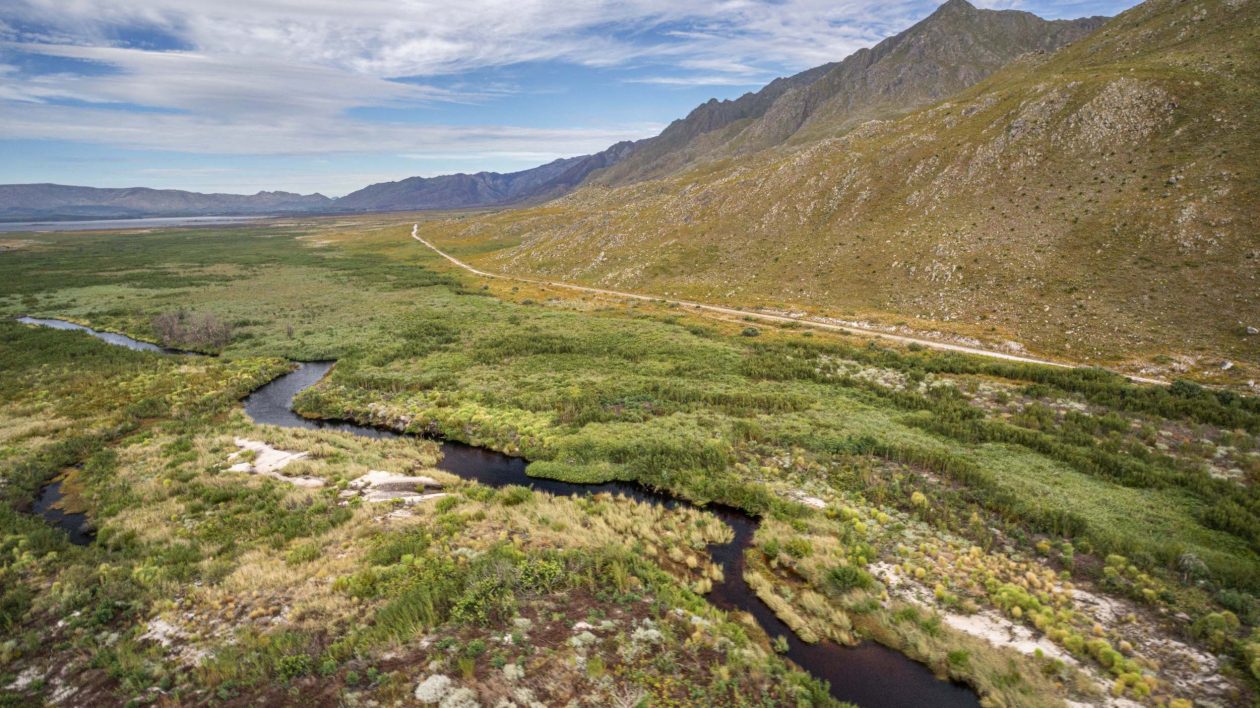
Meet the Giant Redfin
The giant redfin is a cyprinid, a freshwater fish family commonly known as “minnows.” It is one of 16 redfin species found in South Africa, and as its name befits, the largest. An adult is around 6 inches, and the giant redfin bares a certain resemblance to chubs, fish familiar to many North American and European anglers.
The giant redfin was only scientifically discovered in the last decade, showing just how much there still is to learn and discover in South Africa’s streams and rivers.
In the breeding season, male giant redfins are striking, with bright red bases to their fins and knobby growths called tubercles that cover its head.
“It’s all about trying to be sexy at breeding time,” says Shelton. “They’re really quite pretty then.”

Giant redfin are now confirmed at only three locations in the South African Cape. (They appear to be extirpated in a fourth due to predation from invasive fish). And the litany of challenges they face will be familiar to freshwater conservationists everywhere: invasive species, pollution, water quantity and habitat degradation.
Invasive fish have a particularly significant impact. South Africa, like many locations around the world, has been stocked heavily with popular non-native game fish including rainbow trout. “Redfins seem to be particularly sensitive to the impacts of invasive fish,” says Shelton. “The general trend is for native fish to be replaced by invasive fish.”
Headwater streams, often protected from invasive fish by barriers like waterfalls or fish weirs, have become important native fish refugia.
While invasive fish are a familiar threat to native species globally, in the South African Cape, native fish face another invasive threat: terrestrial plants.
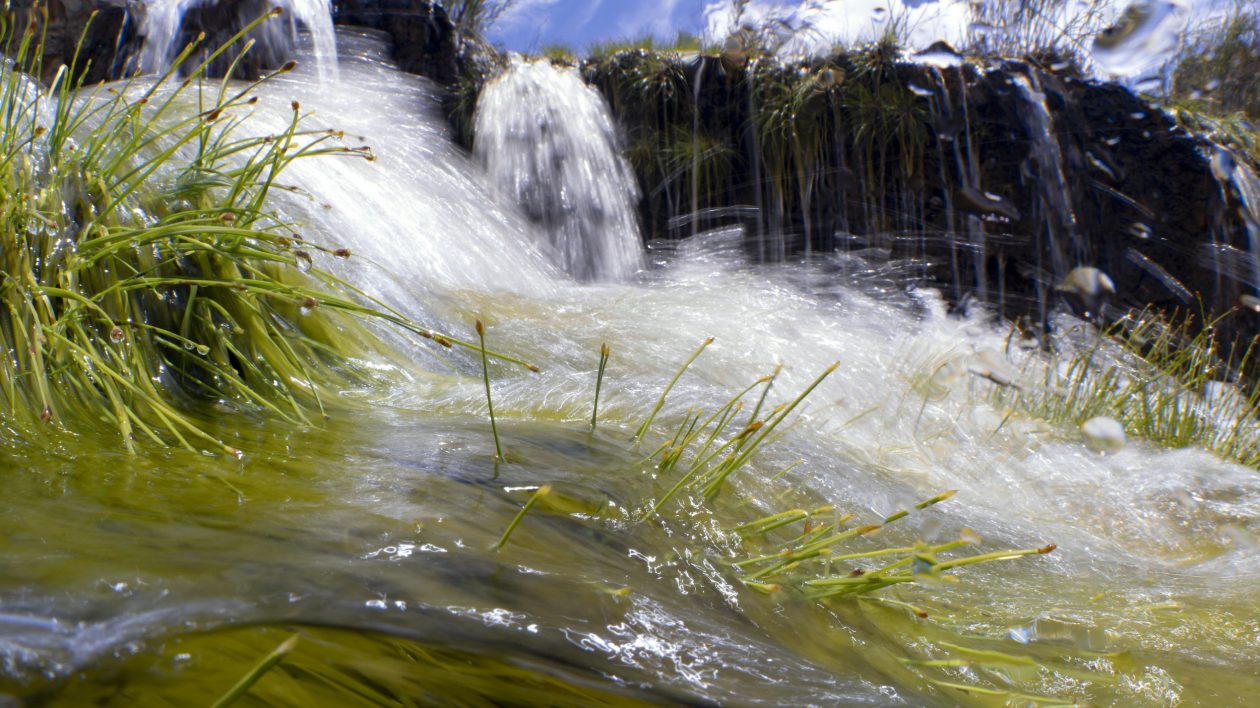
Drought and Pines
The impacts of recent droughts on Cape Town have been well-publicized: In 2018, it was feared the city of 4 million people would run out of water.
These drought conditions are exacerbated by non-native pines. Pine plantations were established by the South African forestry industry to provide lumber. Their seeds disperse by wind and invade surrounding natural habitat. Other invasive plants like eucalyptus and non-native grasses have similarly spread around the region.
They alter fire regimes, leading to some wildfires catastrophic to local communities. They’re also water hogs. Invasive pines soak up to 54 billions of liters a year in Cape Town catchments. Watersheds in the Western Cape Province lose up to 31 percent of the mean annual runoff and 9 percent of registered water use due to invasive plants. In a city where every drop of water counts, those losses are significant for city residents.
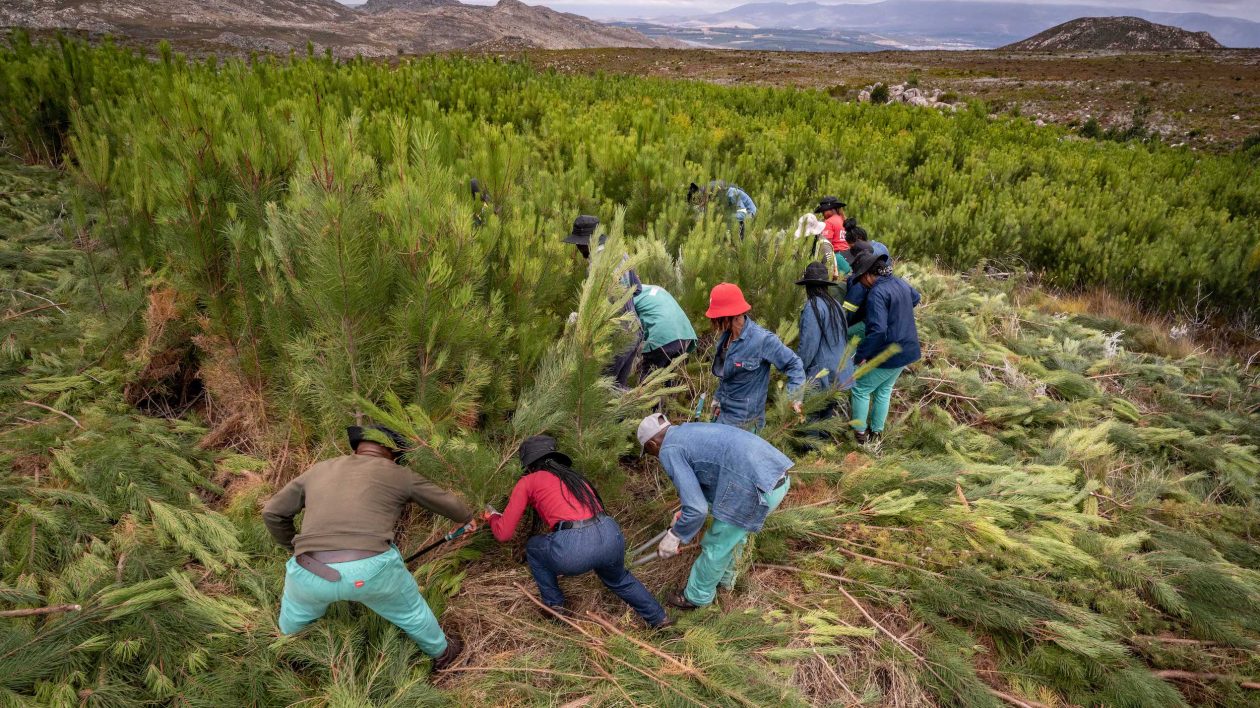
And for natural communities. The Cape Floristic Region is one of the most botanically diverse areas in the world. This area on the southern end of the continent contains 3 percent of the world’s plant life, and more than 20 percent of Africa’s. And more than 70 percent of the plants found here are found nowhere else on Earth. Those plants face well-documented impacts from invasive flora.
So do fish. “Pines are so thirsty compared to native vegetation,” says Shelton. “There is also evidence that catchments with infestations of invasive plants have an impact on water quality. This is quite an issue for a number of native fish species.”
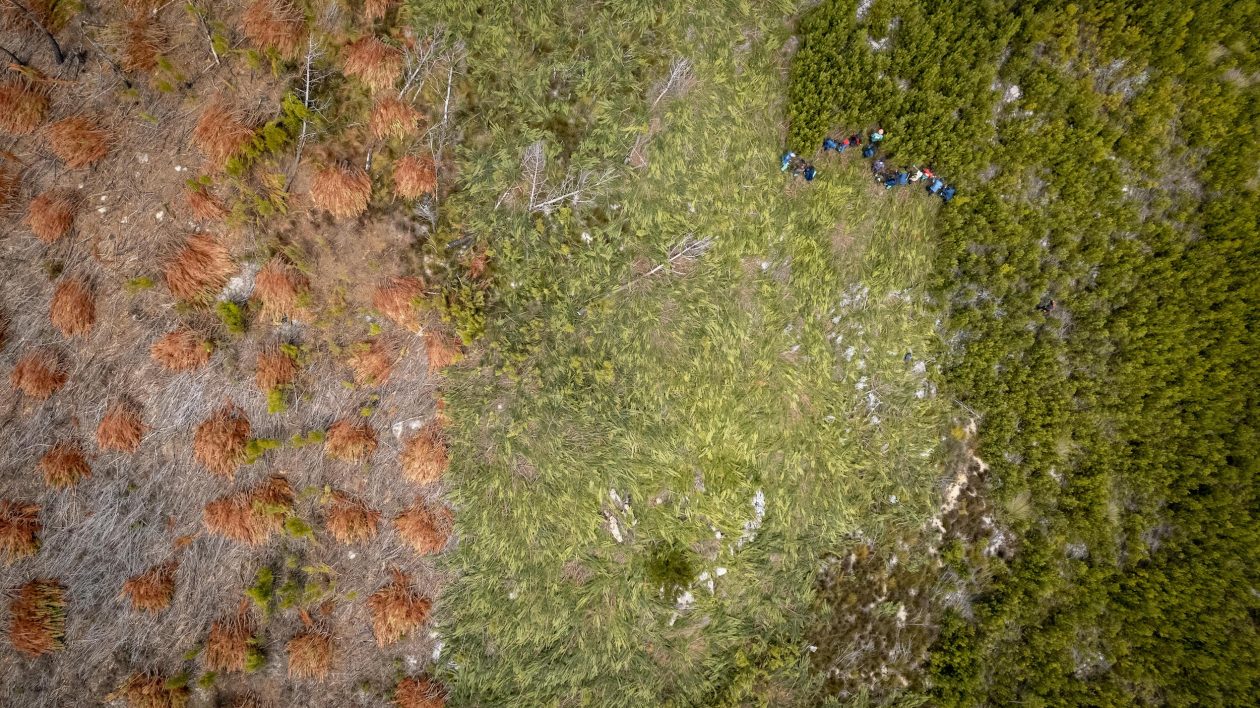
That’s why The Nature Conservancy helped create the Greater Cape Town Water Fund to address the city’s long-term water security concerns while providing near-term ecological solutions. Through the water fund, TNC is supporting the removal of water-thirsty invasive plants that are contributing to the area’s water shortages.
Trained technicians, recruited from local communities with extremely high unemployment, have been deployed to remove invasive plants, often in difficult-to-access locations. TNC is funding the training.
Technicians reach their work areas by helicopter, and sometimes they must even rappel into inaccessible areas to remove the pines. These invasive removal efforts have been occurring for years, but they weren’t always in areas that made much impact on water quality. TNC contributed science that helped prioritize areas that would offer the biggest return on investment.
Building a Native Fish Constituency
The water fund provides significant hope in securing more water for fish and for people. Shelton also hopes that conservationists can rally to support freshwater fish.
He recognizes the challenges. Recreational anglers, who should be inclined to support conservation, often favor invasive trout over native species. Shelton understands. His passion for freshwater habitats began with a love of flyfishing. But he sees hope.
“There has been a history of trout anglers being against native fish conservation,” he says. “But we have to acknowledge trout are having an impact and at times quite a big one. But I’ve seen quite big shift. There have been a growing number of anglers who want to fish for native species, and who see the value in them.”
This mirrors a trend I have written about in other parts of the globe. Anglers can (and if their sport is to continue, must) be effective advocates for freshwater biodiversity.
Shelton knows the pressure faced by these places, and knows they need conservation support. And he thinks the benefits can be significant.
“Many of these streams and rivers are home to unique species, found nowhere else on Earth,” he says. “Focusing conservation efforts there have big benefits for people in terms of more and cleaner water. The great thing is, those efforts also would deliver big benefits for biodiversity, too.”
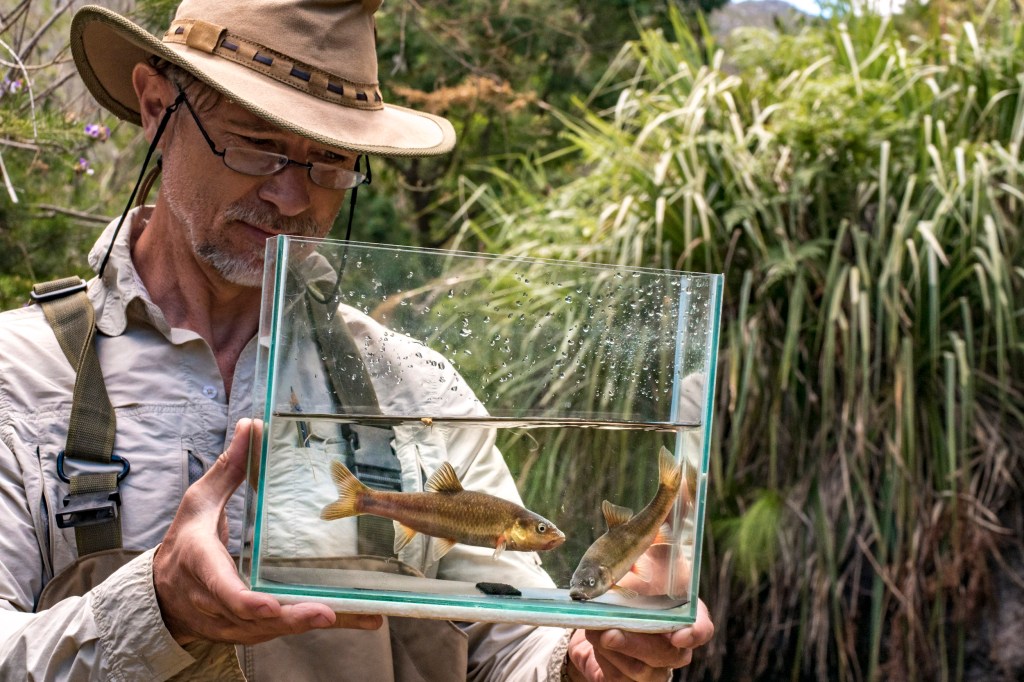



Csll me an optimist, or a pessimist, but I am sure Giant Redfin will soon be thriving in some river or stream in the US.
Great piece, Matt!
Love the video.